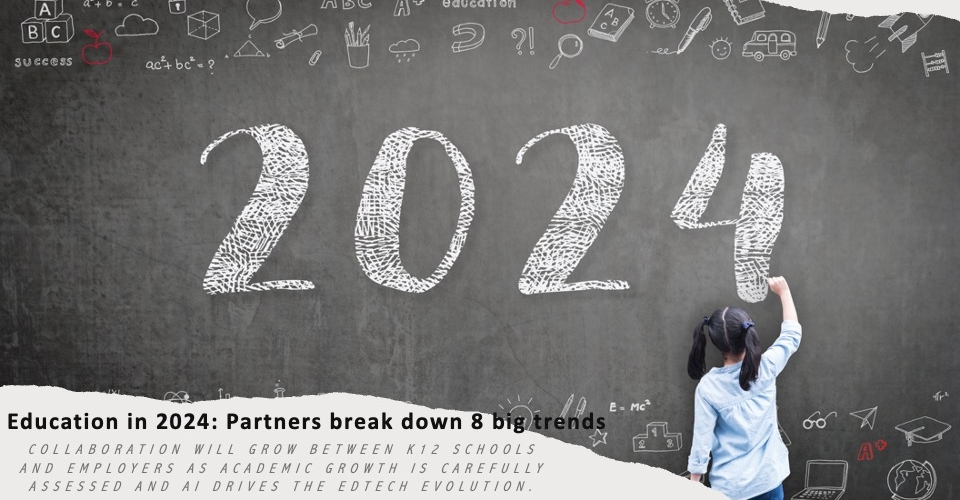We’re now less than a year away from the deadline for school districts to finalize their plans for spending their federal COVID relief dollars. Across the board, schools received $121.9 billion in ARP funds, a significant amount of money that some local education agencies are having trouble spending, according to newly released data from Georgetown University’s Edunomics Lab.
The analysis offers a state-by-state breakdown of 34 states and Washington, D.C. regarding their districts’ ESSER spending. Specifically, each state featured in the research is home to at least one school district that has spent 10% or less of its ESSER III dollars. These states, according to the researchers, are “at risk of underspending.”
“Where students are behind in learning, delays in spending could mean students have to wait for needed services to get back on track (or worse, miss out on those services if funding isn’t spent in time),” the analysis reads. “We suggest that SEAs and communities follow up with these districts to understand the context, ensure a plan is in place to spend down the funds, and provide support on ESSER funds where needed.”
Some states, however, are making good progress in terms of ESSER spending. Arkansas, Delaware and Nevada, for instance, only have one district each that is at risk of not spending their remaining dollars ahead of the September deadline.
More from DA: 4 ways leaders are hoping to curb chronic absenteeism this year
Oppositely, states like California, Michigan, New Jersey and New York have at least 70 “at risk” districts.
For context, here’s the full list of states and the number of LEAs that have spent 10% or less of their funds and have at least $500,000 dollars remaining:
| Alabama: 25 | Idaho: 5 | Nebraska: 21 | Texas: 5 |
| Arkansas: 1 | Illinois: 47 | New Hampshire: 13 | Virginia: 12 |
| Arizona: 47 | Massachusetts: 12 | New Jersey: 73 | Vermont: 14 |
| California: 80 | Maine: 21 | Nevada: 1 | Washington: 10 |
| Colorado: 7 | Michigan: 71 | New York: 158 | Wisconsin: 39 |
| Connecticut: 6 | Missouri: 20 | Ohio: 33 | |
| Delaware: 1 | Mississippi: 8 | Oregon: 27 | |
| D.C. 6 | Montana: 17 | Rhode Island: 4 | |
| Georgia: 2 | North Carolina: 3 | South Carolina: 6 | |
| Iowa: 3 | North Dakota: 4 | Tennessee: 2 |
Although the data paints a concerning picture for several states with dozens of at-risk LEAs, the researchers note that some districts may be waiting “intentionally” to spend their final ESSER III dollars in this final year of eligibility for larger projects such as facility upgrades, which is one of administrators’ top three long-term spending priorities, according to a recent survey from The School Superintendents Association (AASA) released at the beginning of the school year. Other spending priorities included:
Long-term investments
- Expanding whole-child supports, services and programs
- Engaging high school students
General top investments
- Increasing instructional time and opportunities; investing in high-quality curriculum materials (59%)
- Recruiting specialist staff (58%)
- Teacher planning and professional development (55%)









